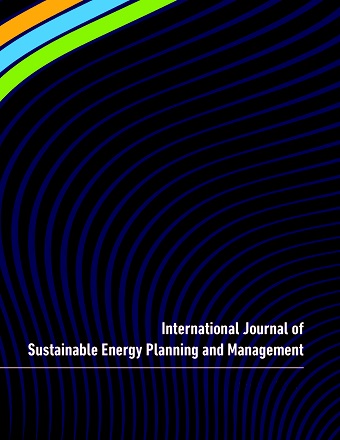Optimal electricity supply system under Iranian framework limitations to meet its emission pledge under the Paris climate agreement
Main Article Content
Abstract
As part of its Paris Agreement commitment, Iran pledged to decrease 4 percent of its carbon dioxide (CO2) emissions from 2020 to 2030. About 29% of total emission in Iran belongs to electricity supply while energy consumption in other sectors (transport, household, and industry) have a lower share in CO2 emission. The main concern here is finding the optimal mix of power plants in the electricity supply system that should be deployed to meet Iran’s mentioned respective targets. So, we developed a non-linear mathematical programming model for Iran’s electricity system to address this concern. Results show that a 10-20% diffusion of renewable energy and converting gas turbine power plants to gas combined cycle technology with 5% annual rate can satisfy Iran’s emissions pledge under the Paris Climate Accord. Finally, this model has been run for years between 2017-2030. Four scenarios have also been prepared based on different Iranian Five-Year Development Plans.
Article Details
Articles published in International Journal of Sustainable Energy Planning and Management are following the license Creative Commons Attribution-NonCommercial-NoDerivs 3.0 Unported (CC BY-NC-ND 3.0)
Authors retain copyright and grant the journal right of first publication with the work simultaneously licensed under a Creative Commons Attribution License: Attribution - NonCommercial - NoDerivs (by-nc-nd). Further information about Creative Commons
Authors can archive post-print (final draft post-refereering) on personal websites or institutional repositories under these conditions:
- Publishers version cannot be stored elsewhere but on publishers homepage
- Published source must be acknowledged
- Must link to publisher version

